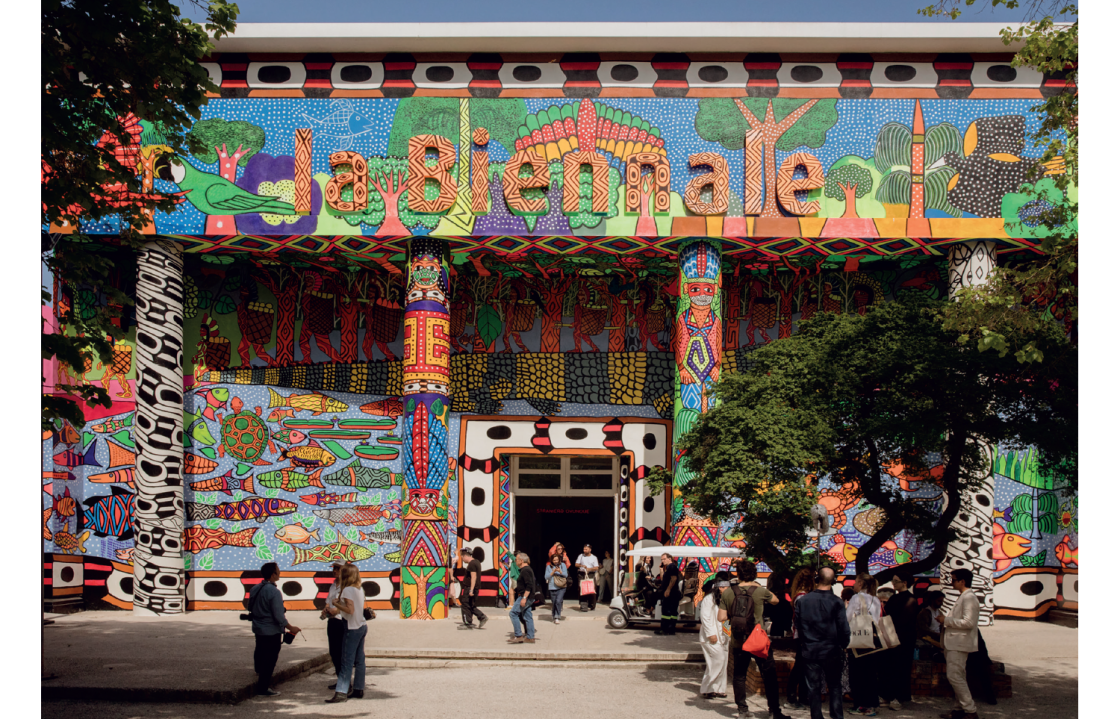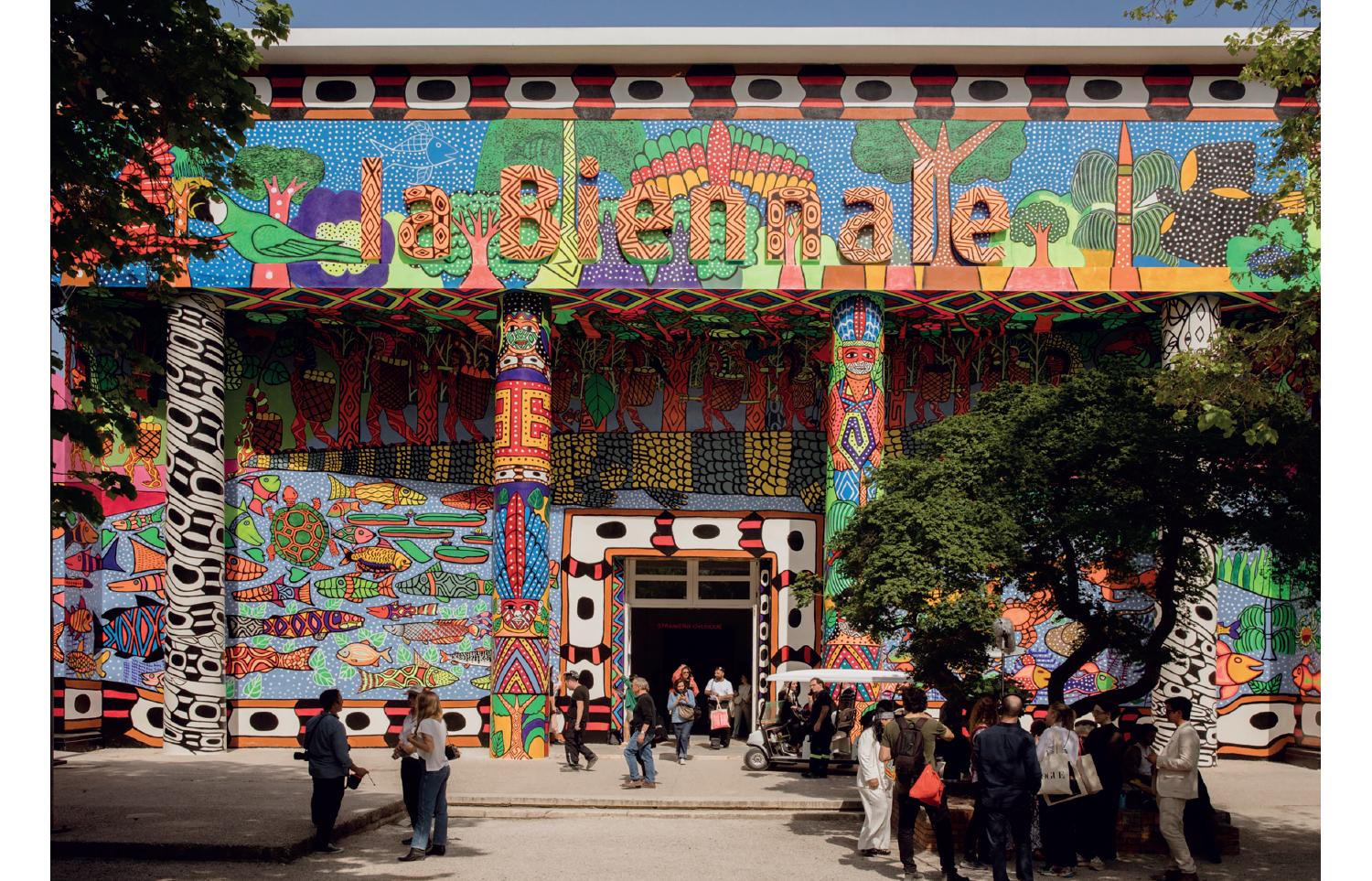Last week’s opening of the 60th edition of the Venice Biennale marks a watershed for the art world. In much of the festival’s gigantic central exhibition, curated by the Brazilian museum director Adriano Pedrosa, as well as in many of the dozens of independently organised national pavilions and countless collateral events, it more obviously than ever before didn’t so much matter what was on show, but why. The politics of visibility and representation has been eating away at the arts for at least a decade, most recently under the banner of ‘decolonisation’. The now nearly complete abdication of aesthetic criteria in favour of a decolonial organising principle is here finally exposed as a wholly inadequate rationale for presenting contemporary art.
Art will allow the exoticisation of foreigners – if you cloak it in faux concern with migration
Foreigners Everywhere, the title of Pedrosa’s project, encapsulates this failing proposition. The cheap pun greets visitors in multilingual neon at the exhibition’s entrance (a 2004 work by the artist duo Claire Fontaine). The slogan is a familiar old trick. It proves that the art world will happily allow the exoticisation of foreigners – as long as you cloak it in faux concern with migration and a pro-globalisation outlook.
Pedrosa’s ostensible goal is far more high-minded: he wants to reclaim ‘foreignness’ in order to rewrite the cultural canon. To be a stranger, he proclaims, is fundamental to the human condition. In his taxonomy, migrants are foreigners; queers are foreigners; indigenous peoples are foreigners; non-artists are foreigners; uncelebrated dead Italian emigré artists are foreigners… He wants to inspire solidarity between these groups. Good luck to him.
Of the more than 300 artists included, many are new to the biennale circuit and half are connected to the Global South. Most have no interest in the contemporary. In fact, this is what’s most striking about the exhibition, and many might say it’s welcome: its penchant for unflashy 20th-century artistic forms – such as the numerous textile hangings – and a lack of interest in the political aesthetic characteristic of today’s global art.








Comments
Join the debate for just £1 a month
Be part of the conversation with other Spectator readers by getting your first three months for £3.
UNLOCK ACCESS Just £1 a monthAlready a subscriber? Log in